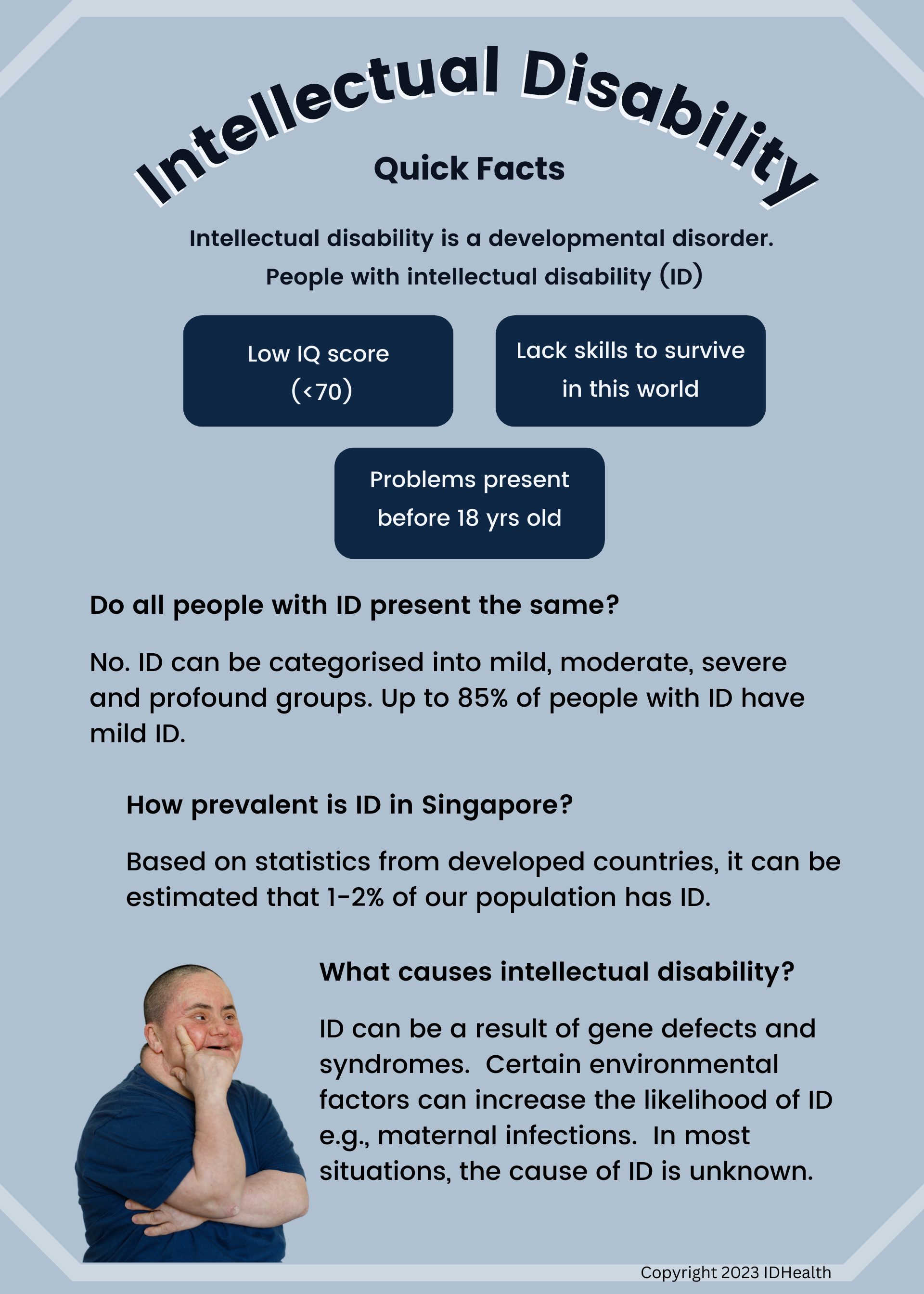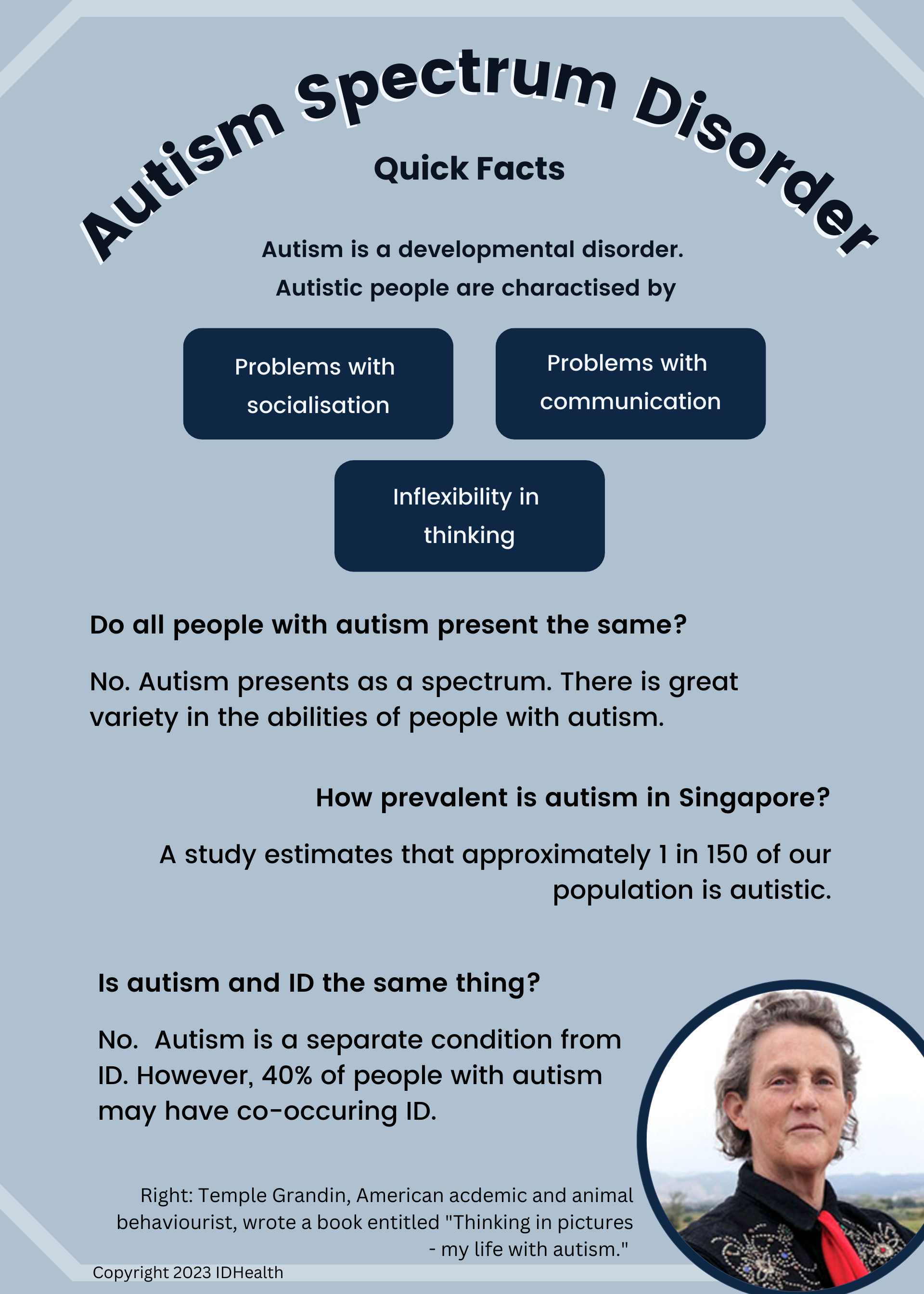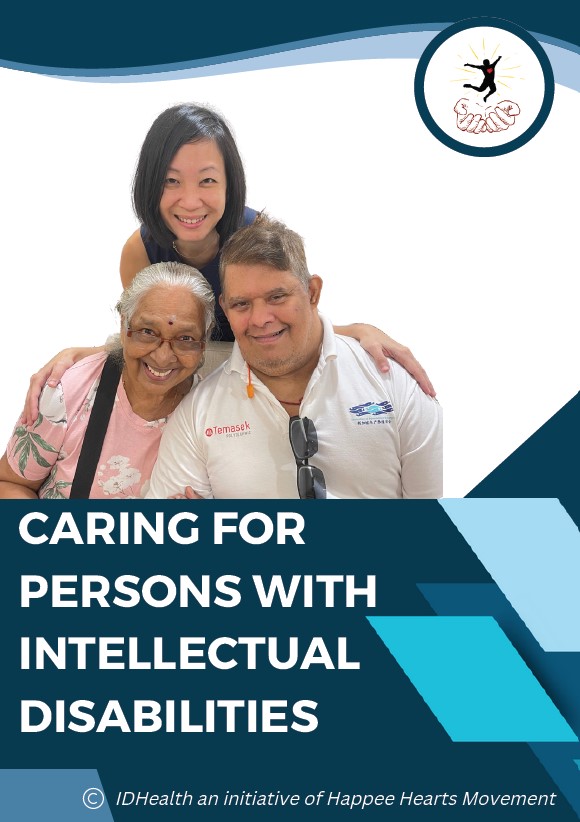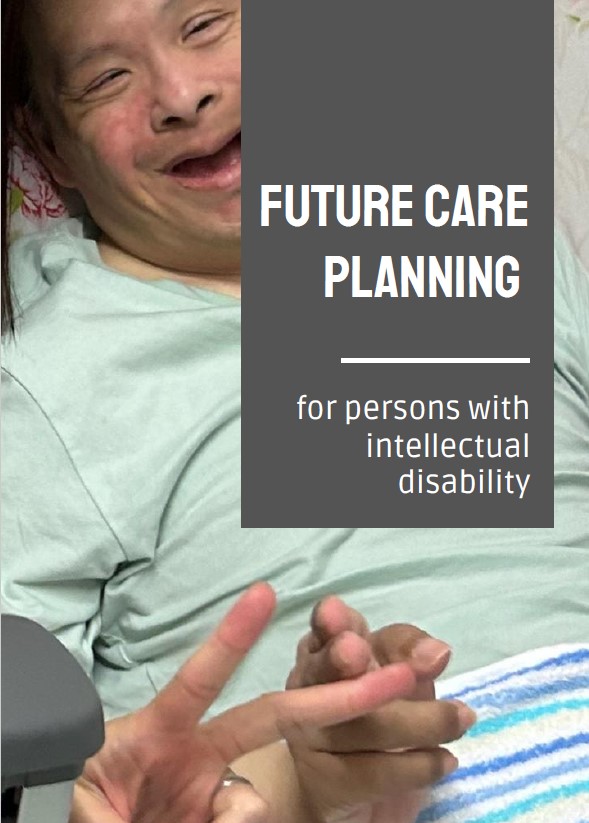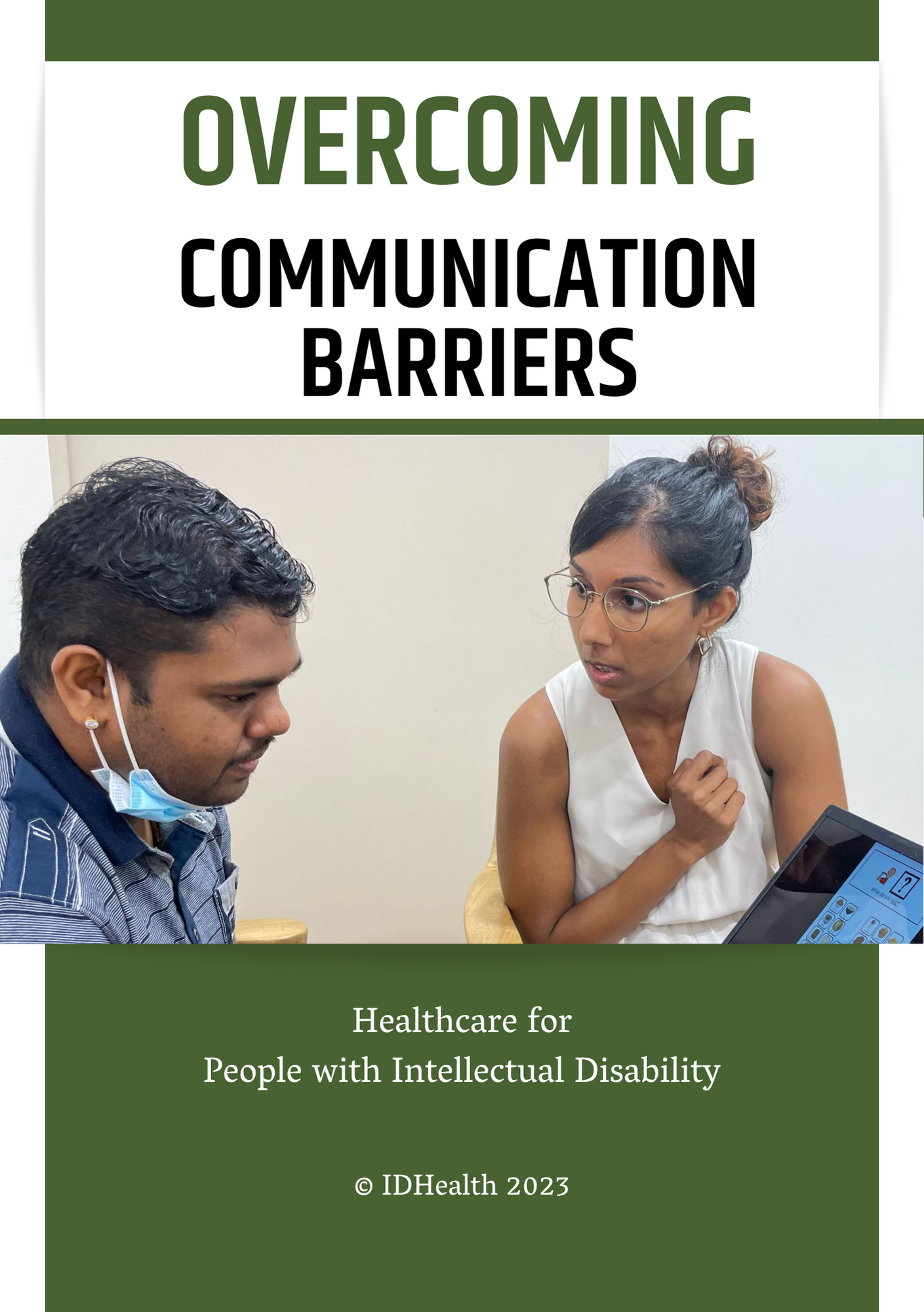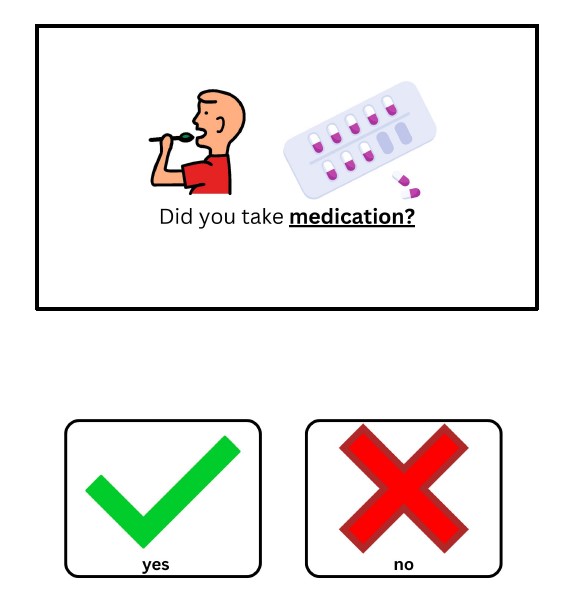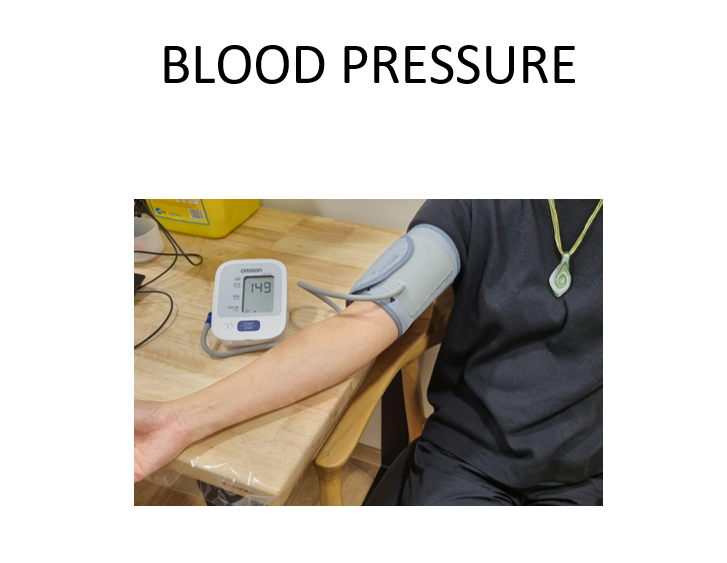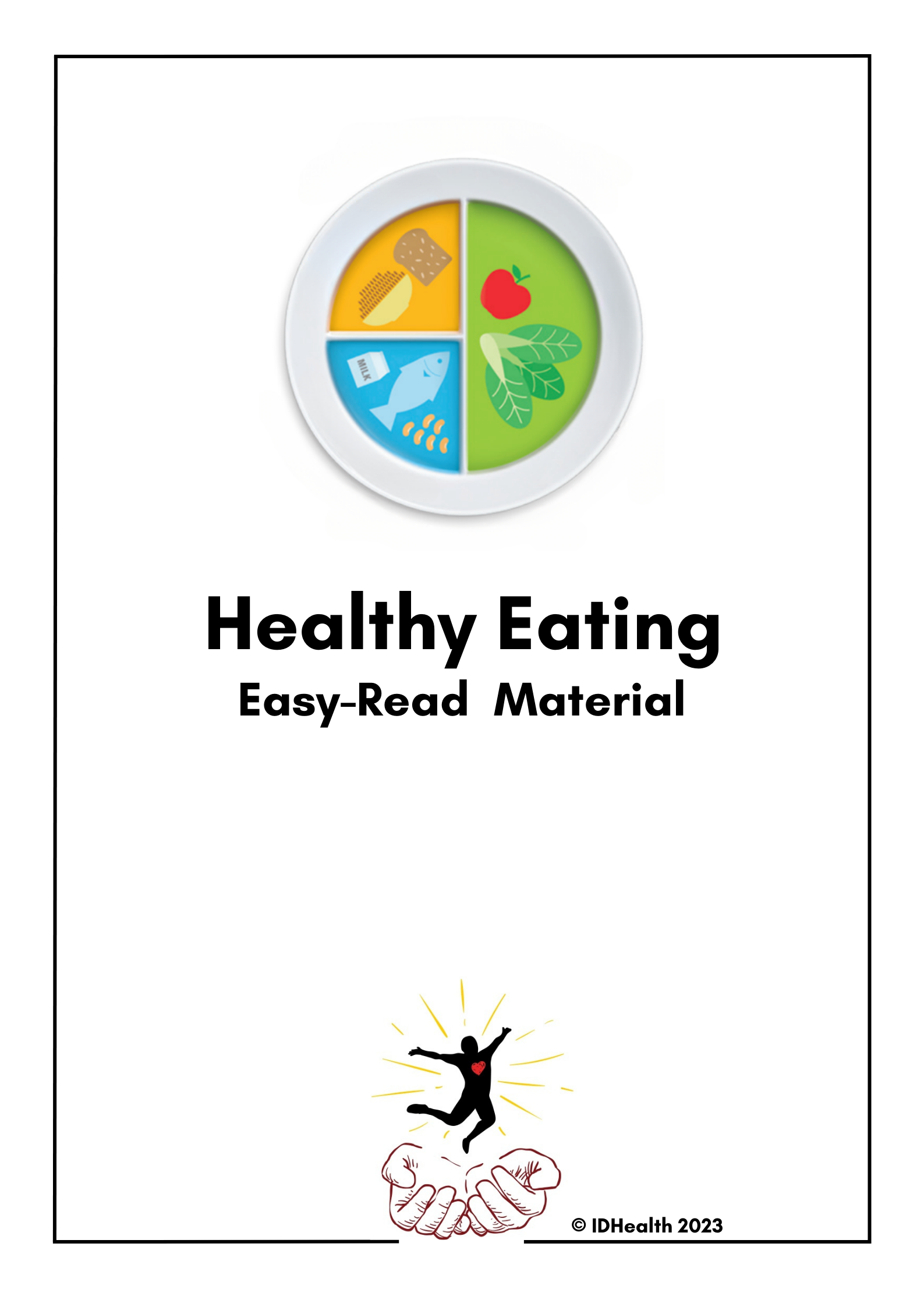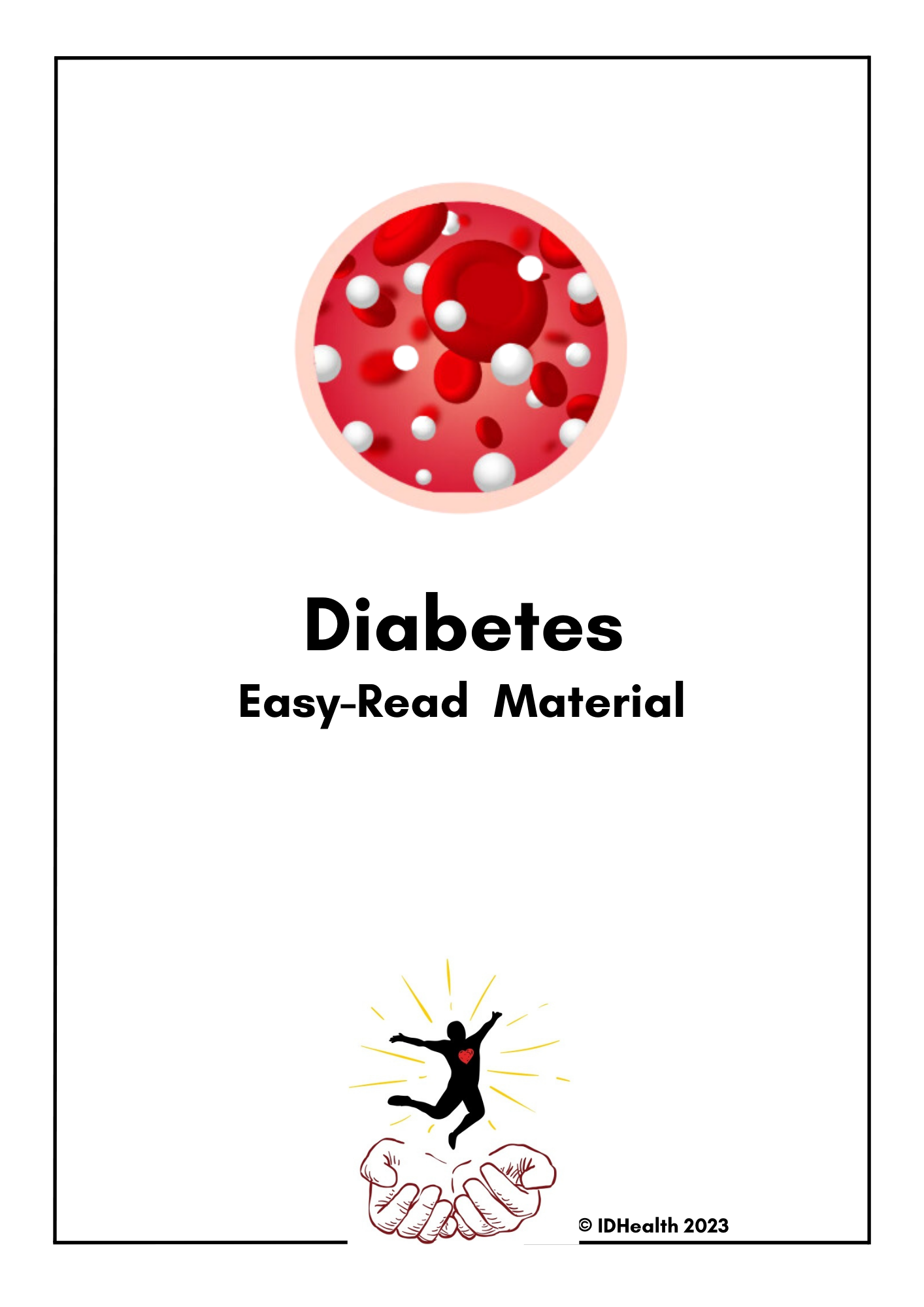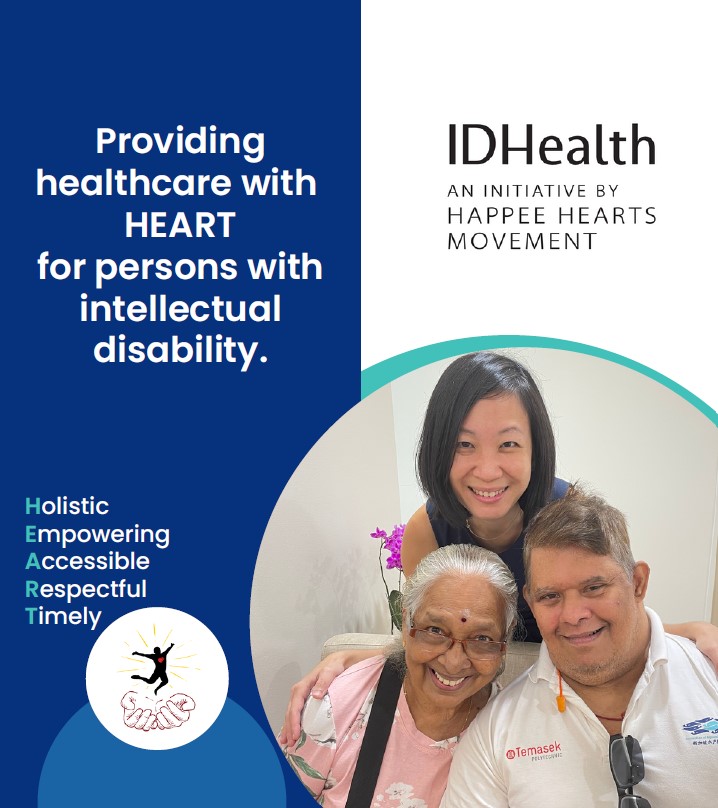Resources
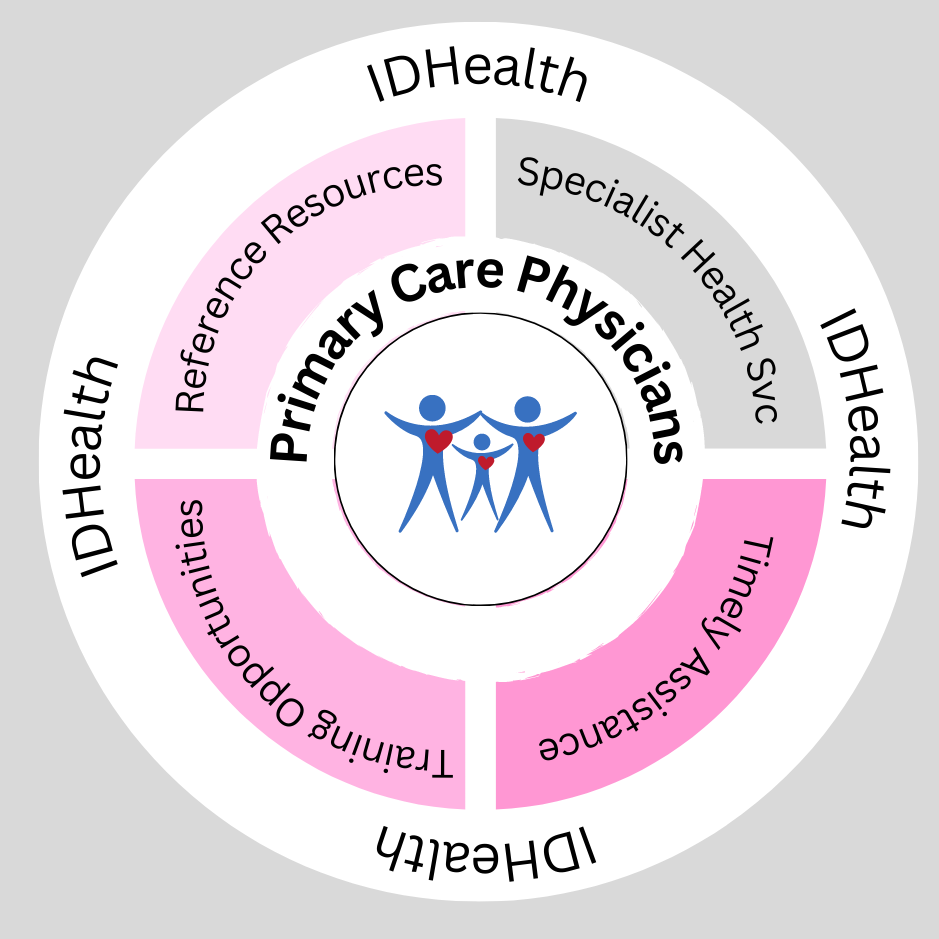
Professional Support
IDHealth strongly believes that knowledge should be shared across professions and sectors for the benefit of patient care.
One of the barriers to healthcare access for people with intellectual disability is the lack of knowledge among health professionals about the condition and how to care for this population. We are in the process of developing a series of educational resources and tools that will we hope will help bridge this knowledge gap. As we go about this, we will share these resources here. Feel free to download and use the material as necessary.
Quick Facts - Intellectual Disability
Image.
This one-page image gives brief answers to some common questions about intellectual disability.
Quick Facts - Autism Spectrum Disorder
Image.
This one-page image gives brief answers to some common questions about autism spectrum disorder.
Screening for Intellectual Disability
Infographic.
This infographic provides doctors in primary care with questions and quick tests that can be used to help identify if a patient has an intellectual disability.
Caring for Persons with Intellectual Disability
E-Booklet.
This booklet provides an overview of what intellectual disability is and how appropriate accommodations can be made to improve access for people with ID to healthcare services.
Future Care Planning for Persons with Intellectual Disability
E-Booklet.
This booklet describes the process of planning for the future care of individuals with ID as both they and their caregivers age. It is aimed at assisting primary care practitioners to respond to questions from caregivers surrounding issues like deputyship applications.
Overcoming Communication Barriers
E-Booklet.
This booklet describes the common communication problems that PWID face. It suggests strategies that can help with overcoming these communication barriers so that PWID can participate in their own healthcare. Included in the booklet is a guide to various communication tools that IDHealth has developed.
Healthcare
visual support
Digital version.
This is deck of powerpoint slides is a communication tool that can be used to facilitate better understanding of the common questions asked during a healthcare consult. The images also help the PWID respond to the questions and express their concerns. The booklet “Overcoming communication barriers” includes guidelines on how to use this tool.
Healthcare
visual support
For printing.
Like the above, this set of images is a communication tool that can be used to facilitate better understanding of the common questions asked during a healthcare consult. The images also help the PWID respond to the questions and express their concerns. Depending on the patient and the professional, a hardcopy printed version may sometimes be more user-friendly and acceptable than the digital version. The booklet “Overcoming communication barriers” includes guidelines on how to use this tool.
Visual aids for medical procedures.
- Blood pressure measurement
- Hypocount check
- Physical examination
- Auscultation
- Vaccination
- Blood test
- Taking a urine sample
This set of visual aids help the patient understand how common medical procedures are conducted. This helps the patient anticipate what they will experience and thus reduces anxiety that comes from uncertainty.
Visual Support Demo Videos
Modelling
Model the use of the visual support. The intent is first, to establish connection with the patient before obtaining compliance.
Orienting
Guide the patient to the correct answers when going through the orienting questions e.g., name of professional, name of patient, patient’s gender etc.
Rephrasing
Rephrase questions to clarify understanding, and assess accuracy of patient responses.
Healthy Eating
Easy Read
E-booklet.
This booklet simplifies health messages surrounding obesity and healthy eating based on “easy-read” principles. This is not meant to be read in one sitting. It is meant to be used by health professionals or caregivers to explain health messages in bite-sized portions overtime. Information on how best to use this material can be found in the booklet “Overcoming communication barriers” and in this guide.
Diabetes
Easy Read
E-booklet.
This booklet simplifies health messages surrounding diabetes and its management based on “easy-read” principles. This is not meant to be read in one sitting. It is meant to be used by health professionals or caregivers to explain health messages in bite-sized portions overtime. Information on how best to use this material can be found in the booklet “Overcoming communication barriers” and in this guide.
Introduction to IDHealth
E-Brochure.
This brochure provides a brief introduction to IDHealth services.
More to come...
Check back regularly for new resources!

